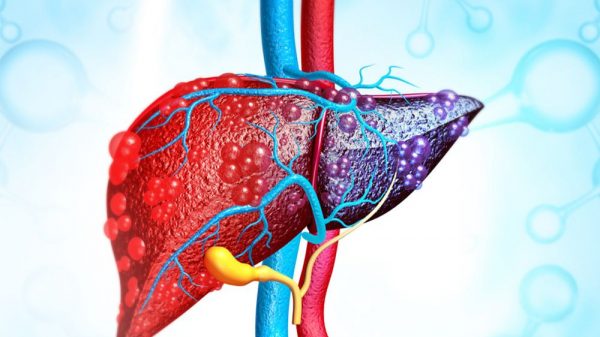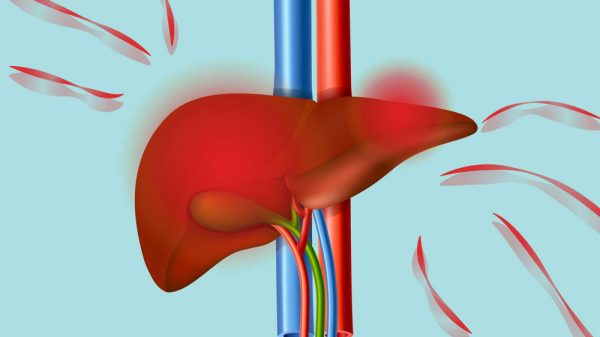Are you considering liver transplant surgery? The average cost of a liver transplant without health insurance is up to $575,000. Most of us don’t have half a million dollars saved up for such medical procedures. So it’s important to know the average liver transplant cost whether or not health insurance is used to help cover the costs. This is critical because it can make a difference between organ transplants having a sky-high price tag and being relatively affordable with the help of health insurance, charity organizations, etc. “This can make the process more practical even though it’s still a complex process that involves a lot of time, effort, and money.
In fact, even if you’re able to secure the funds for a liver transplant there are other issues involved. They include a committee approving the procedure, the waiting list, and finding the right vital organ for your needs. However, it could be argued that the entire process is still worthwhile since you get a fully-functional liver. This helps to make sure you get the best results possible. This is critical because it’s important for your organs to be working as effectively as possible. The liver is critical for removing toxins from your body, which benefits your brain/body.
What Is Liver Transplant Surgery?
The human body’s largest internal organ is the liver. Fun Fact: An adult liver weighs around 3 pounds (0.45 kilograms). It’s located on the abdomen’s right side and underneath the diaphragm. The liver has many critical functions in the human body including:
- Breaks down nutrients
- Produces the chemical compound bile
- Stores vitamins/minerals/sugars
- Producing proteins
It’s critical to know the process involved in a liver transplant, which includes a lot more than the organ transplant itself. One of the most important steps the pre-evaluation. This requires you to bring items like X-rays, medical records, medications list, and pre-operation reports. These can include specific items including:
- Ultrasound related to blood vessels
- Stress test/echocardiogram (heart evaluation)
- Blood tests (type, clotting, liver function)
- Lung function
- CT scan pictures (liver and chest)
If these tests show any particular products then your doctor will likely order other tests. These steps are critical to determining not only the health of your lungs but also related body parts like heart and lungs. These vital organs are also critical for body functions. When the special committee evaluates your health they’ll want to know about the health of your liver, and other vital organs, and general health.
If you get a thumbs-up from the committee you’ll be placed on the waiting list. Liver implant candidates are listed based on various factors like body size, blood type, and something called a MELD/PELD score. The score is especially critical because it’s based on the status of your liver disease’s “end-stage.”
You’ll receive a transplant team to help figure out if certain donor organs are a good match for you. This is a critical part of the process. In addition, patients’ MELD/PELD scores might increase if they become iller. This increases their chance of finding a donated organ sooner. Critically ill patients are at the top of the waiting list.
What Are Today’s Liver Transplant Costs?
The answer is based on various factors. One of the main ones is how much of the costs will be covered by health insurance. Without any health insurance, the costs tend to be a maximum of $575,000 or so. In fact, the costs can be even higher if the entire medical procedure includes out-of-pocket expenses.
However, in many cases liver disease patients have health insurance that will help to cover the costs. They tend to cover 10% to 50% of the total costs. This includes the surgery itself and other expenses. In most cases, health insurance helps to pay for liver transplants.
What’s the average list price of the organ transplant?
The average cost is around $330,000. Meanwhile, the average cost when the price is negotiated through an insurance company is $100,400. This is much lower and shows the importance of securing health insurance before having major surgery like a liver transplant.
Are there any other costs to consider?
Another issue to take up besides the transplant’s cost is what’s included.
There are various costs that should be included. First, there are screen tests, which is a critical part of the process to figure out if a patient is a good candidate for a liver transplant. In the case of a living donor is used for replacing part of the liver other tests will be required to make the donor’s liver is compatible with the receiver.
There are other costs that are involved in the process. One example is anti-rejection medications. These are required long-term. These costs can be quite high at $36,000 per year. Health insurance usually covers the costs.
Other possible costs include ones related to transplant complications. These can cost tens/hundreds of thousands of US dollars. For example, various complications like pneumonia can take on $80,000 to the total hospitalization cost. So it’s important to factor in these costs.
Top Benefits of Becoming a Living Donor
- It’s 100% free. This probably shouldn’t be your main reason for donating a liver. However, while the total costs can be over half a million US dollars for the organ’s receiver. However, it won’t cost you any money at all to give part of your liver to someone who needs it. As the old saying goes, the best things in life are free.
- Improves the quality of life. It can be very difficult to deal with a sick liver. One of the main benefits of being a liver donor is you can help to improve the quality of life of the receiver. They won’t have to go through the regular expensive treatments in order to survive. Receiving a new liver can help people become free from pain/discomfort. In fact, your quality of life can also improve knowing that you’re helping someone whose living isn’t fully functional. That can help improve your mental wellbeing/outlook. It’s been said one of the lasting legacies we can leave is by helping other people.
- The liver grows back. The liver is one of the few human organs that grow back. As a living donor, the surgeon will remove part of your liver so the receiver can benefit from it. The part of the liver that’s removed won’t grow back. However, the areas around it will do that, which results in your liver returning to its full size within time.
- Helps to save lives. This is one of the main benefits of being a living liver donor. You can help a person with liver conditions like cirrhosis have a better quality of life. This is critical because when someone at the end-stage of liver functionality it can be a very painful and stressful time. Becoming a living donor can give you the satisfaction of helping to save a person’s life regardless of the liver transplant cost























